The magic of Stockholm takes many forms. For centuries it’s served as the Scandinavian capital of opulence, architecture and fashion. Culturally, its social and political landscapes welcome diversity and mandate equality.
In recent decades, Stockholm has enjoyed a booming economy, and is now the world headquarters of many global technology companies and world-renowned design firms. The Swedish capital is also a prime European destination that has long catered to lesbian and gay travelers. To that end, in 2005 the city’s tourism bureau established the Stockholm Gay & Lesbian Network (gaylesbian.visitstockholm.com) that brings together hotels, restaurants, and other businesses as partners eager to showcase the city’s queer-friendly side. Of course, with marriage equality in place in 2009 (and civil unions legal since 1995), promoting the city to an LGBT audience was an easy triumph. Nowadays, Stockholm is so welcoming the real challenge is figuring out how to narrow down the abundant choices of what to see and do.
Arriving at Arlanda Airport is where most visitors start their journeys, and taking the $32, 20-minute-long Arlanda Express (arlandaexpress.com) train into central Stockholm instantly reveals how an eco-conscious society treats mass transit: fast, punctual, affordable and spotless.
It should be noted that “affordable” is a relative term in Sweden, where the aforementioned booming economy has driven up prices across the board, especially in the restaurant and cocktail arenas. The flipside to that is higher quality service and merchandise. The important thing is that by adding a little more budget savvy to your travel plans, you can stretch your Swedish kroner to get the most from every experience.
In 2015, Stockholm promises to ring in plenty for the gays to be proud and celebrate. The city’s Stockholm Pride festival (stockholmpride.org/en)—Scandinavia’s largest LGBT Pride—takes place from July 27 to August 1, including its huge colorful parade through the city that last year brought out 600,000 spectators and 60,000 marchers, including for the first time ever Swedish Prime Minister Fredrik Reinfeldt.
While the LGBT energy is still on the summer high, the city will host the EuroGames Stockholm 2015 (eurogamesstockholm.com) August 5 to 9. The five-day sport, cultural and political event promises a level playing field for LGBT competitors in 29 different sports, including the usual and some less-common competitions like same-sex dancing, roller derby, bowling, and bridge (yes, the card game). The cultural and political programs kick off with a welcome ceremony at Stockholm City Hall, and fills subsequent days with a film festival, a joint exhibition between the Sports and National Museums, workshops, seminars, and other activities taking place citywide.
Several EuroGames “ambassadors” already have been named, including top Swedish National Soccer Team player Nilla Fischer, retired soccer pro Victoria Sandell Svensson and Swedish politician Birgitta Ohlsson. (Rumor has it that Martina Navratilova will soon be added to the roster.)
“EuroGames 2015 allows the city of Stockholm, known worldwide as an open and welcoming destination, an opportunity to act as an international role model for LGBTQ rights,” says Jakob Jansson, EuroGames Stockholm president. “There are still severe problems for LGBTQ people around the world in politics, culture and sport. Nationally, we also can highlight existing problems for transgender participation, as well as spotlight the fact that many young LGBTQ people quit or never even begin with organized sport.”
Come fall, Cinema Queer (cinemaqueer.se) will then gay-up local movie houses. The annual event takes place this year from September 24 to 27, “with the aim of broadening the heteronormative cinema supply in Sweden, and offering the audience a wide range of queer cinema,” declares its website. Beyond the screen, the organization also invites LGBT artists working in various media to perform and display their works, and hosts screenings and social events throughout the year.
Beyond 2015’s fabulous lesbian and gay events, everyday life in Stockholm comes with plenty of options. A good place to begin planning is with QX Magazine (qx.se), where you can find a “gay map” of local businesses. Or log into Visit Stockholm’s impressive lesbian roundup (gaylesbian.visitstockholm.com/guides/lesbian-guide). There you can get the scoop on excellent hotels, restaurants, dance parties and clubs, museums and more.
The city is built on 14 islands, and its many waterways have earned it the name “Venice of the North.” At its center is Gamla Stan, or “Old Town,” the city’s most historic and photogenic neighborhood. A walking tour is a great way to catch the highlights, and Free Tour Stockholm (freetourstockholm.com) will get it done in about 90 minutes. Once you’ve had a peek, follow the advice of independent tour guide Linda Naslund: “Get lost in Gamla Stan, don’t just stay on the main streets with all the shops.”
It’s true that the island’s cobblestone lanes are a great place to roam sans agenda. Beautiful multi-colored buildings line the streets, housing some of the city’s best restaurants, shops, galleries, and churches. Plus some of Stockholm’s most famous attractions are found in Gamla Stan, including the majestic Royal Palace (+46 8 402 61 30, kungahuset.se)—a must for any noble tourist—the former domain of allegedly (but probably) lesbian Queen Christina. Her silver throne dating to 1650 is still used in the “Hall of State,” where monarchs sit to hear from their subjects. You also can check out some of the amazing art and furniture procured by allegedly (but probably) gay King Gustav III, a great patron of music and culture.
Also among the medieval architecture of Gamla Stan is the Nobel Museum (Stortorget 2, +46 8 534 818 00, nobelmuseum.se). Housed in an 18th-century building, the museum opened in 2001 to mark the Nobel Prize’s centenary. Today it’s one of the city’s most popular museums, with exhibits on the award, as well as its namesake, legendary inventor Alfred Nobel, who willed that each year part of his fortune should be awarded to leaders in physics, chemistry, medicine, literature, and peace.
The Nobel Museum is located on the edge of Stortorget, or “the Big Square,” which by chance is also where you’ll find the proud rainbow flag waving at Chokladkoppen (Stortorget 18, +46 8 20 31 70, chokladkoppen.se). This little gay-proud café is a great place to sit outside and people watch over lunch, coffee or cocktail.
If you’re a big Nobel fan, consider staying in the same hotel as the prize winners do: the Grand Hotel (Södra Blasieholmshamnen 8, +46 8 679 35 00, grandhotel.se). The name is accurate, as this landmark has accommodated world leaders and celebrities since its 1874 opening. Luxury abounds here, and its Michelin-starred restaurant led by Chef Mathias Dahlgren would perhaps be a contender for the Nobel Prize for food, if only such an award existed.
Speaking of restaurants, no trip to Sweden is complete without the meatballs for which it is famous. Ask any local and they will send you to Prinsen (Mäster Samuelsgatan 4, +46 8 611 13 31, restaurangprinsen.eu). Located just north of Gamla Stan in Norrmalm, this prestigious restaurant has served the city’s best Swedish meatballs, creamy potato puree and tangy lingonberry sauce in this very location since 1897. Between the original décor, impeccable service and traditional menu, Prinsen is a must to sample the region’s favorite dishes.
There are two museums that are simply unmissable in this culturally rich capital, and they perfectly exemplify the old and the new. The Vasa Museum (Galärvarvsvägen 14, +46 8 519 548 00, vasamuseet.se/en), on the island of Djurgården, is unlike anything most of us have ever seen. It is a museum built around an almost entirely intact, absolutely enormous 17th-century, 64-gun warship that sunk on its maiden voyage in 1628, and was perfectly preserved in the mud until it was excavated in the 1950s. The carved wooden finials on the ship alone are worth a visit, not to mention the ship’s utterly fascinating history.
On the opposite end of the cultural spectrum, and just down the street from the Vasa Museum, is the glimmeringly fabulous ABBA the Museum (Djurgårdsvägen 68, +46 8 121 328 60, abbathemuseum.com/en). Opened in 2013, this institution rivals any music museum for its glitzy fun. Of course ABBA is one of Sweden’s all-time great exports, and here you’ll realize just how big the band was, having sold more than 380 million albums worldwide and turning disco into a timeless, glitter-laced musical standard. At the museum you can record your own ABBA single (and email it to yourself), take the stage alongside virtual bandmates, and be wowed by the mesmerizing costumes and album covers that helped make this one of the best-selling bands of all time. P.S.: If the phone in the gallery rings, answer it! It’s one of the ABBA members calling.
To find where the locals hang head to Södermalm, on the island south of Gamla Stan. A stroll through the streets of SoFo (“south of Folkungagatan Street”) will lead you to the city’s fashionable boutiques and galleries, where you can spend your kroner like the Swedes do — on gorgeously designed, well-made clothes, accessories, housewares and one-of-a-kind souvenirs. That includes retro items, which you’ll find in funky vintage shops like Pop Stockholm (Skånegatan 73, +46 8 642 45 00, popstockholm.se).
This is also the unofficial LGBT zone, emphasis on the “L” especially at trendy, delicious Urban Deli (Nytorget 4, +46 8 599 091 80, urbandeli.org). This restaurant, which is partly a gourmet grocery store, serves fantastic food and cocktails, and attracts all the blonde beauties you’d hope to see on a Swedish holiday. It closes on the early side (by 11 pm on weekends), so if you’re in town on a weekend, head to nearby King Kong (Mariatorget 1, facebook.com/ClubKingKongSthlm) to join the late-night dance party and flirt with the sexy, genderqueer hotties and their mates.
On the west end of Södermalm, check out Stockholm’s new lesbian café and bar Bitter Pills (Verkstadsgatan 4, bitterpills.se), which opened in December 2014 in yet another cute shopping district. Innovative cocktails, tasty snacks and cute bartenders are worth a visit by day or night (until 1 am on weekends).
One of the city’s biggest lesbian dance parties happens monthly in different clubs. Moxy (facebook.com/pages/Moxy-Stockholm/405311309618378) is the ultimate lezzie gathering, so much so that it could be worth timing a Stockholm trip to coincide with it.
You may also want to catch one of the glam dance parties at Berns (Berzelii Park, +46 8 566 322 00, berns.se/en), one of the city’s oldest entertainment and cultural venues, and boutique hotel, dating back to 1863. At ground level, head to Berns Asiatiska for a Japanese-centric dinner or a cocktail inside its stunning grand hall. On weekends, slip into one of the late-night dance parties (usually 10 pm to 3 am) under the chandeliers of the Stora Salongen room or the chic Terrace.
There are several exceptionally gorgeous hotels that embody Stockholm’s reputation as a bastion of fine design. The Nobis Hotel (Norrmalmstorg 2-4, +46 8 614 10 00, nobishotel.se/en) is top among them—conveniently located across Berzelii Park from Berns, FYI—and comes with an interesting history that may make you fall for the property in an unexpected way.
The hotel occupies two 19th-century former commercial buildings on the edge of chic Norrmalmstorg Square. One of the buildings housed a bank, where in 1973 robbers held four employees captive in a vault for six days, during which time the hostages developed a sympathy for their captors—a psychological phenomenon dubbed “Stockholm syndrome.” Standard rooms at the Nobis run upwards of $275 a night, but its new, equally gay-friendly sister hotel, the Miss Clara (Sveavägen 48, +46 8 440 67 00, missclarahotel.com/en) offers similarly chic design for a smaller rate.
Few cities can claim the openness, the enthusiasm, and the splendor of Stockholm, which has made LGBT pride a core value. With an exciting summer season ahead, now’s the time to sample the magic for yourself.

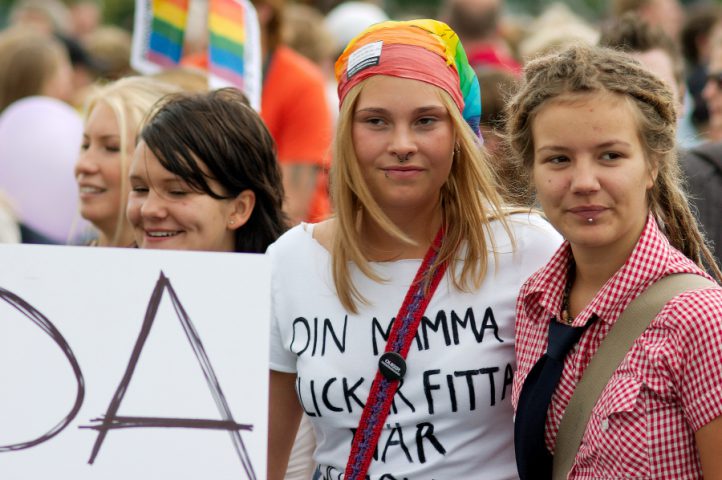
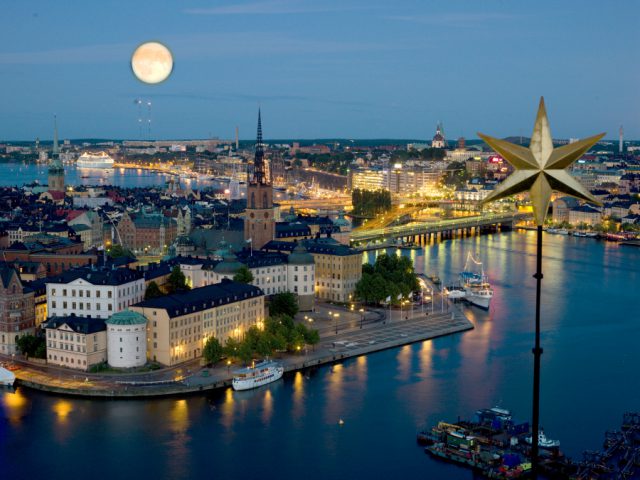
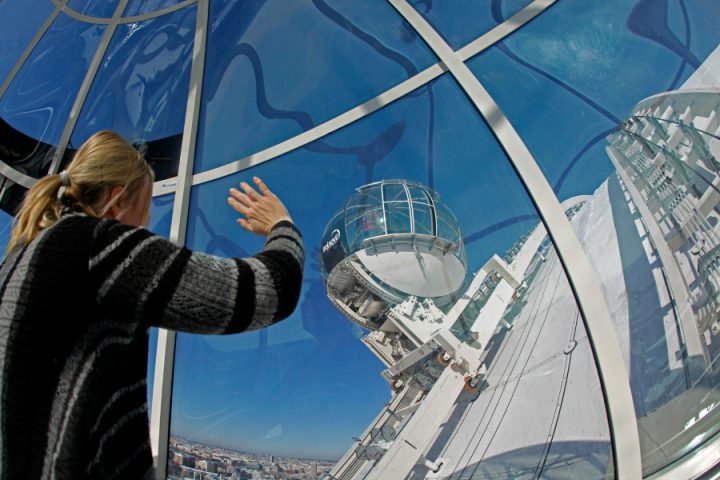
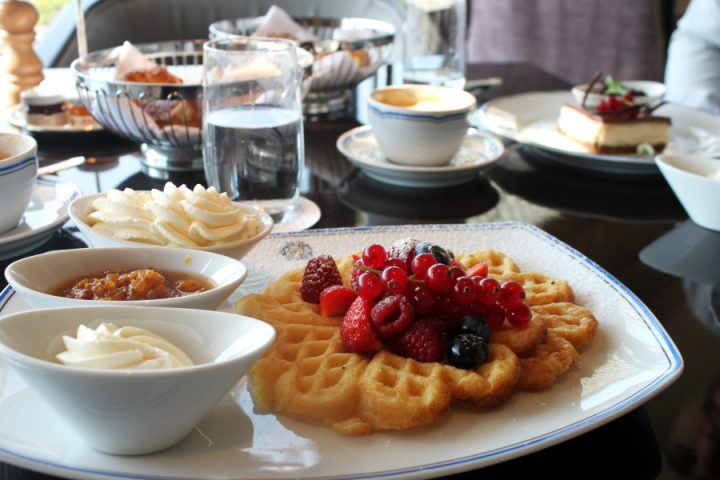
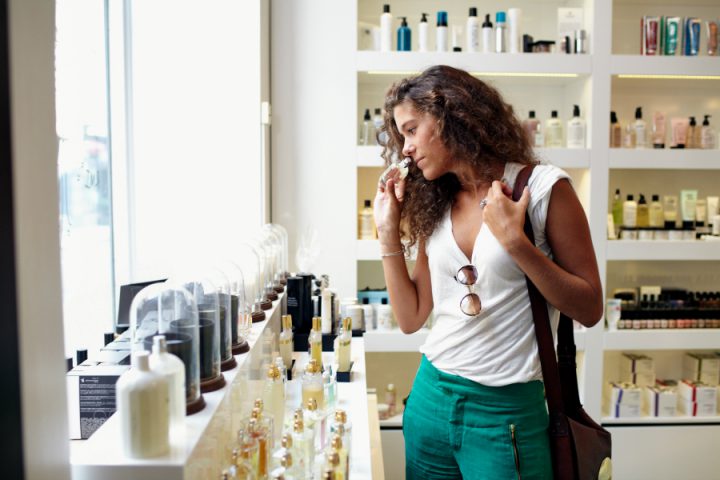
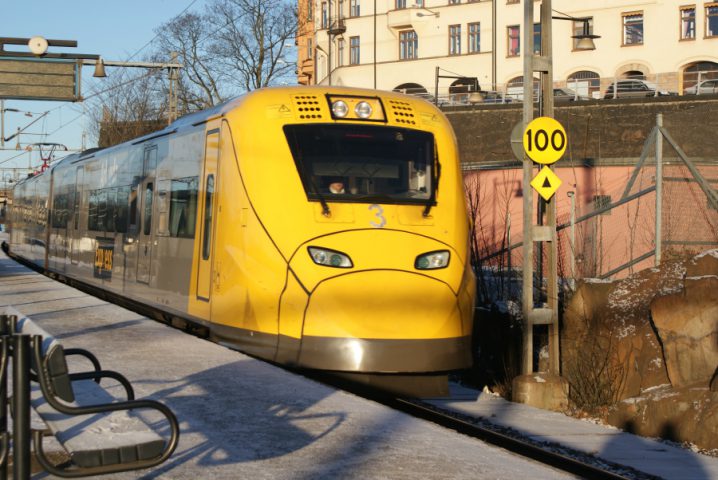
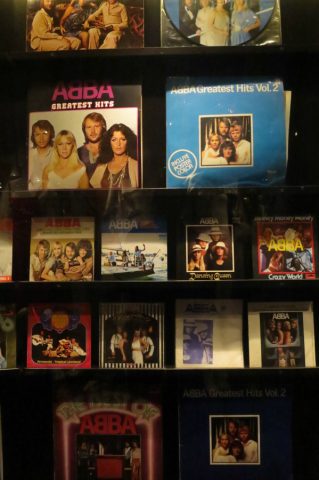
What Do You Think?